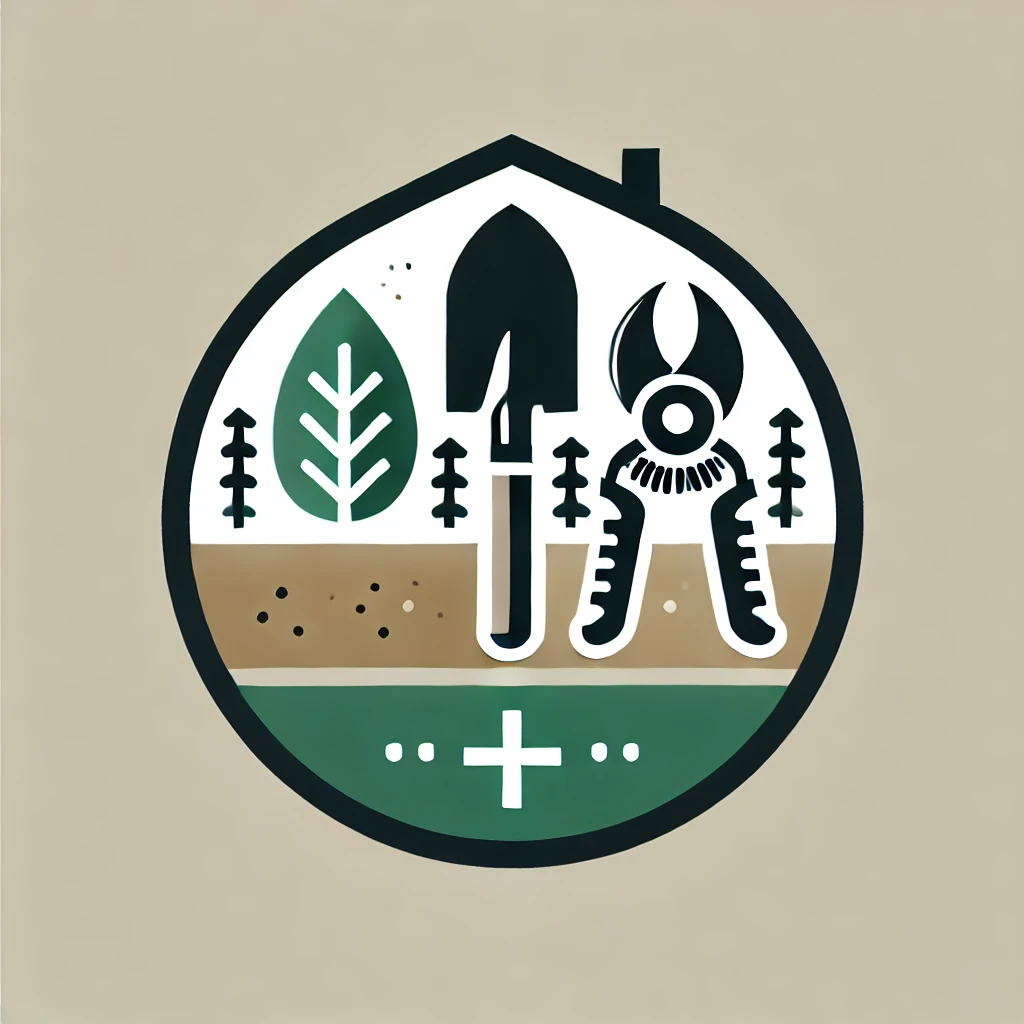Did you know the lettuce you just chopped up for your salad can grow back again—no seeds, no soil (at first), and no green thumb required?
Regrowing lettuce from scraps is an easy, sustainable way to reduce food waste, reconnect with your food, and enjoy a steady supply of greens right from your windowsill. All it takes is a bit of patience, some sunlight, and the part of the lettuce you’d normally throw away.
What You Need
- The bottom 1–2 inches of a lettuce head (romaine works best)
- A shallow bowl or dish
- Fresh water
- A bright windowsill
Step-by-Step: How to Regrow Lettuce
1. Save the Base
After using your lettuce, keep the stump—the bottom 1–2 inches of the head. Make sure it includes the root end (the dense, white core).
2. Prepare the Water Dish
Place the lettuce base in a shallow dish with just enough water to cover the bottom. The cut side should face up, and the root end should sit in the water.
3. Find a Sunny Spot
Set the dish on a bright windowsill. A good amount of indirect sunlight is key. Avoid overly hot spots to prevent the plant from bolting.
4. Refresh the Water Regularly
Change the water every 1–2 days to keep it clean and oxygenated. This prevents bacteria buildup and encourages strong regrowth.
5. Watch it Grow
Within a few days, you’ll see new leaves sprouting from the center. After 10–14 days, the leaves should reach 3–4 inches tall—ready to harvest for a small salad or sandwich topping.
6. Harvest or Transplant
At this stage, you can cut the new leaves and let the plant continue regrowing. Or, for longer-term growth, transplant it into a small pot of soil.
Troubleshooting Tips
- No growth? Check your light source and make sure the room is warm enough.
- Slimy base? Clean the container and replace the base if needed.
- Bitter taste? This often means the plant is bolting—move it to a cooler area and harvest sooner next time.
- Yellow or pale leaves? Try transferring to soil or using a diluted liquid fertilizer.
Why It Works
Lettuce can regenerate from its core because of the apical meristem, the plant’s growth center. When hydrated and exposed to light, these cells trigger new leaf development. While it won’t grow a full head like you bought at the store, it will give you a fresh handful of greens for free.
Sustainable and Educational
Regrowing lettuce is more than a clever kitchen trick—it’s a small but impactful way to reduce waste and engage with sustainable living. It’s also a fantastic project for kids, classrooms, or anyone new to gardening.
Bonus: Want to Go Deeper?
- Try different varieties: Romaine and butterhead lettuce tend to regrow best.
- Succession grow: Start a new base every week for a continuous harvest.
- Transplant outdoors: In warm weather, transplant your lettuce to the garden for better yield.
- Explore hydroponics: A small indoor hydroponic system can speed up regrowth and keep it going longer.
Bottom Line:
Regrowing lettuce is easy, rewarding, and surprisingly satisfying. It won’t replace your grocery haul, but it’s a great step toward more self-reliant, eco-conscious living.
